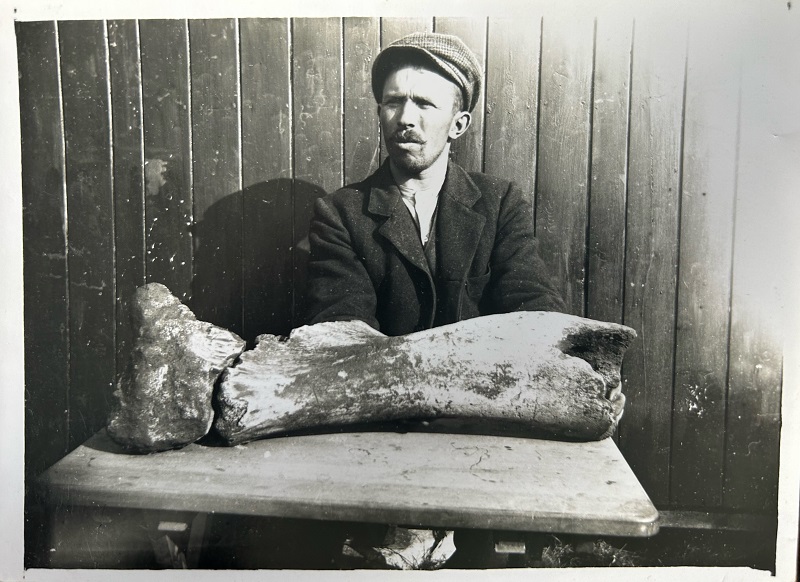#IrishCaveBones Day6: 1/n It's me again, @RuthFCarden, I have my mug of tea (Lyons gold blend and I'm not sorry!), let's bring ye into my world of animal bones in a bit more detail... ye have seen all the incredible knowledge we have gained about Ireland & it's past animals in
2/n previous threads this week. But all this knowledge and more, stems from the actual #IrishCaveBones themselves and their correct identification. Now, some of ye when I say bones, might picture whole, intact bones, like these below ... 







3/n These whole, complete, intact bones and skulls are a rare occurrence from Irish caves (and most archaeological animal bone assemblages). In reality, I am faced with a pile of bone fragments, and these are the fragments that if you 'listen' carefully too, tell me their secrets
4/n They give up so much beyond their own graves, found deep underground in dark caves. Bone fragments of many sizes and shapes, are generally all I have to deal with, to try and identify to animal species or some animal grouping even. Every little bit helps and counts. 


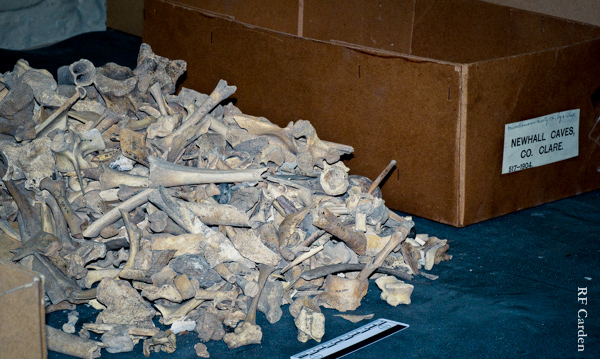
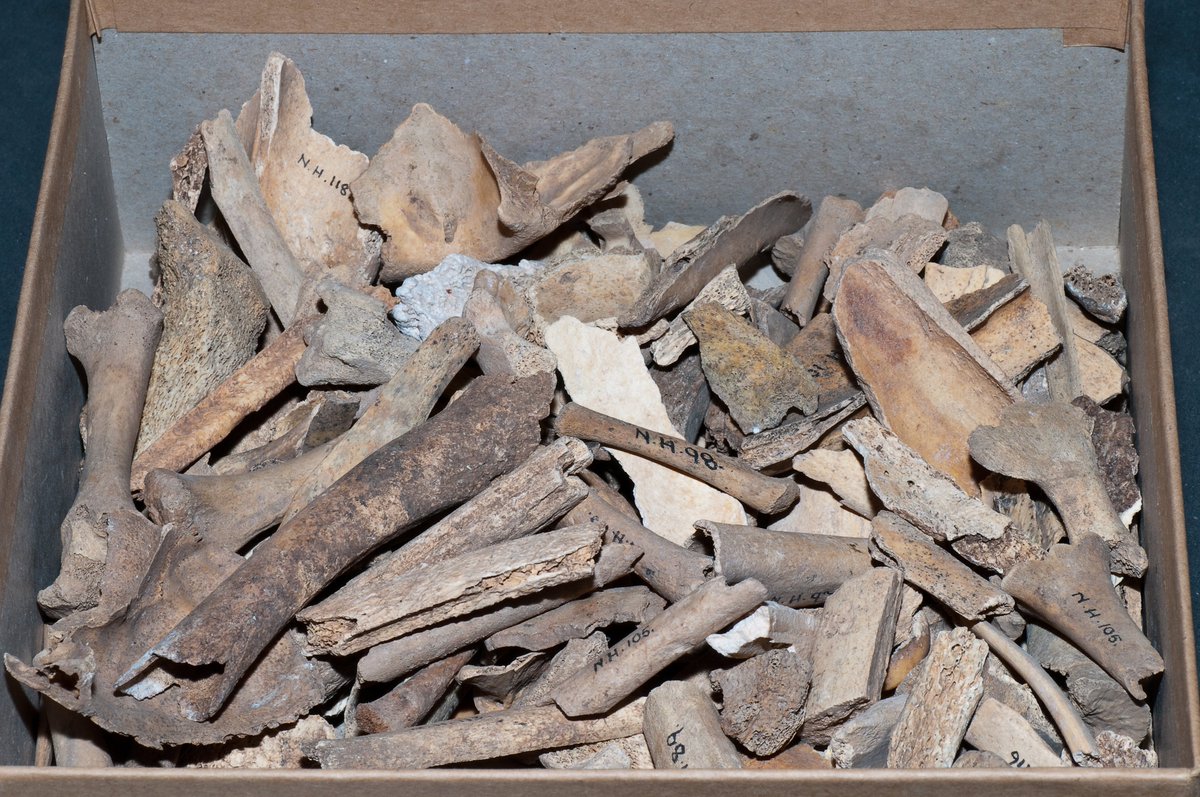

5/n Each type of bone from an animal skeleton is shaped in a way that allows that species to move and live. Each species's has inherent differences in their bones, through shape and size characteristics, that I can readily see and assign to (a) the bone type, and (b) the species.
6/n It's like a roll of deck cards in my head flips through very fast, when I pick up a bone fragment or tooth fragment, and first of all I'll decide what type of bone that fragment is from - a femur, a humerus, part of a pelvis, a toe bone, upper molar tooth, lower premolar and
7/n so on. These aren't guesses, this is from a large amount of time studying animal anatomy from the skeletons of road-kill that I picked up in the past and prepared their bones for my personal reference collection, or looking at reference material in other museums, or drawings
8/n of different species bones in books called animal bone atlases. All of this information and knowledge lodged away within my own internal library in my brain - my bone library - built up over the past 20+years. I still add fish and bird skeletons to my personal ref collection.
9/n But also, my knowing inherently every single bone per species within their skeletons, you can also determine very quickly what's atypical or different or not quite that species, but maybe something like it, same grouping. For example, I know what domestic cat bones are, from
10/n wild cat bones, and then lynx (a larger wild cat species), though only found in Ireland in instance, at Kilgreany cave, Co. Waterford, I know lynx bones are sufficiently different anatomically wise that if ever we do find more in the cave/other records, I will know :) 


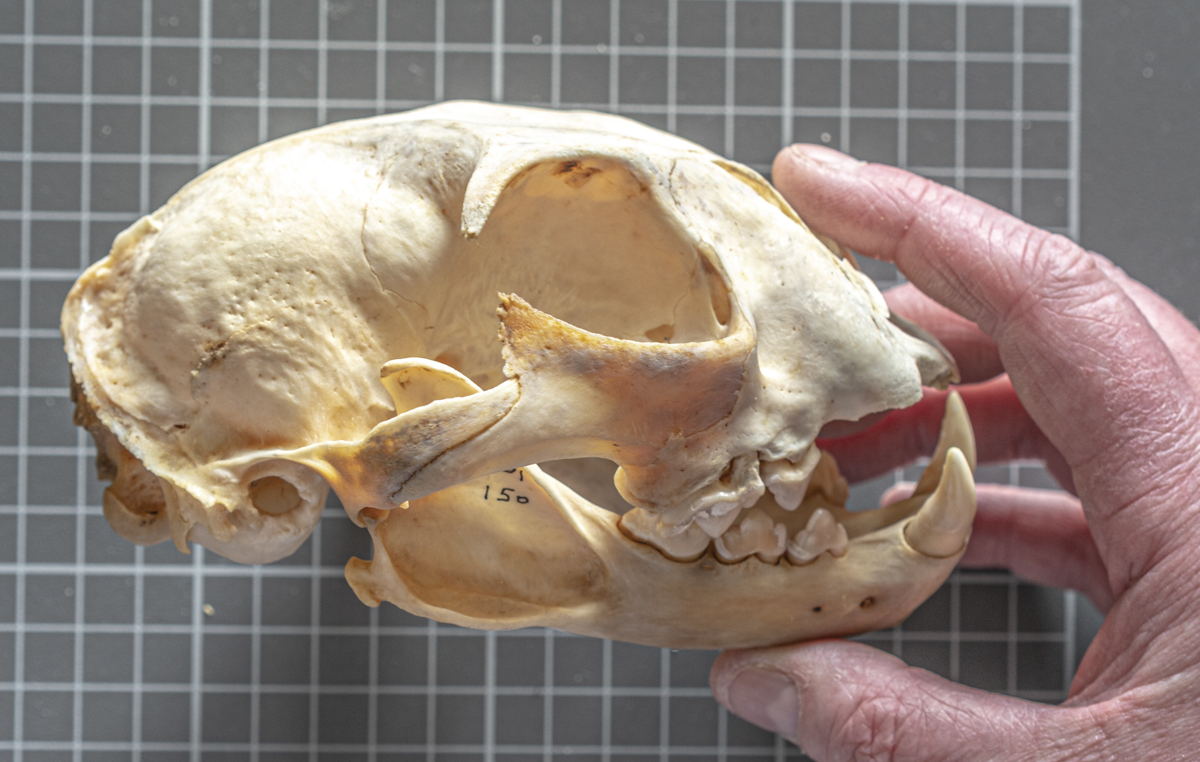
11/n another species that is always asked by so many different people - did we have beaver in Ireland in the past? Beaver bones are so different to everything else we had in past/modern times, that these bones would stick out like a sore thumb to my eyes in a pile of fragments. 

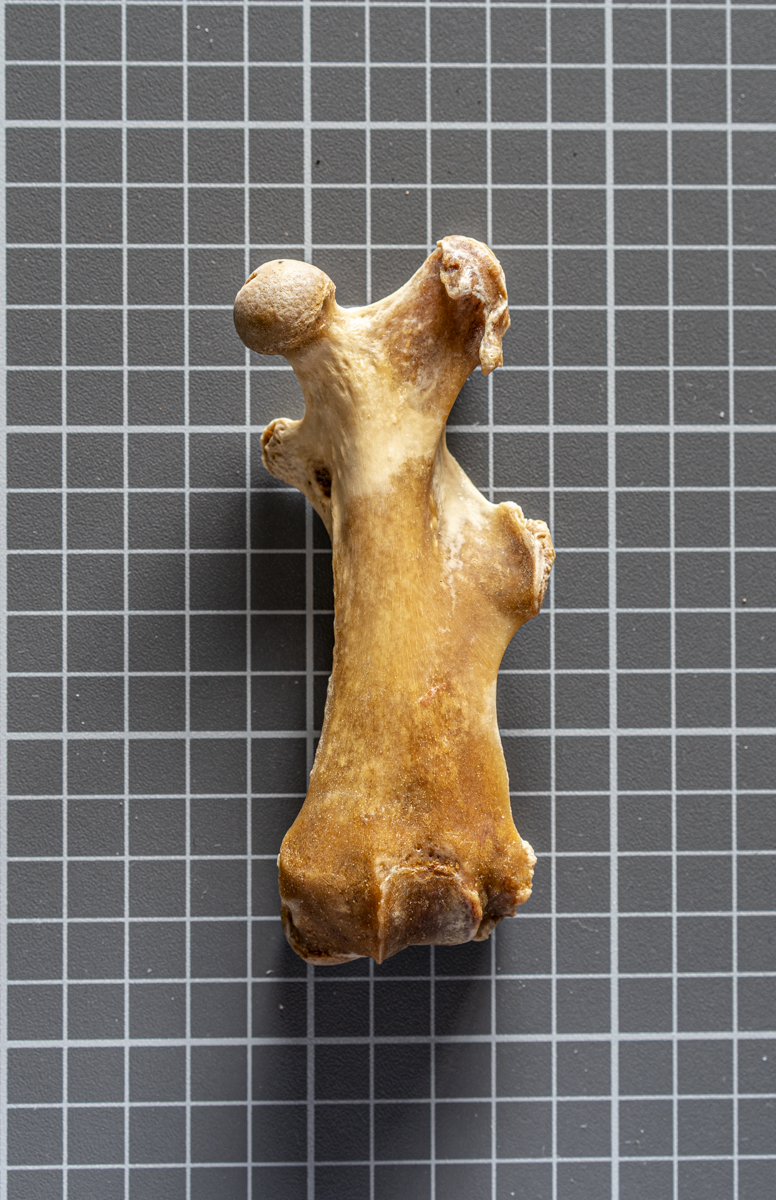
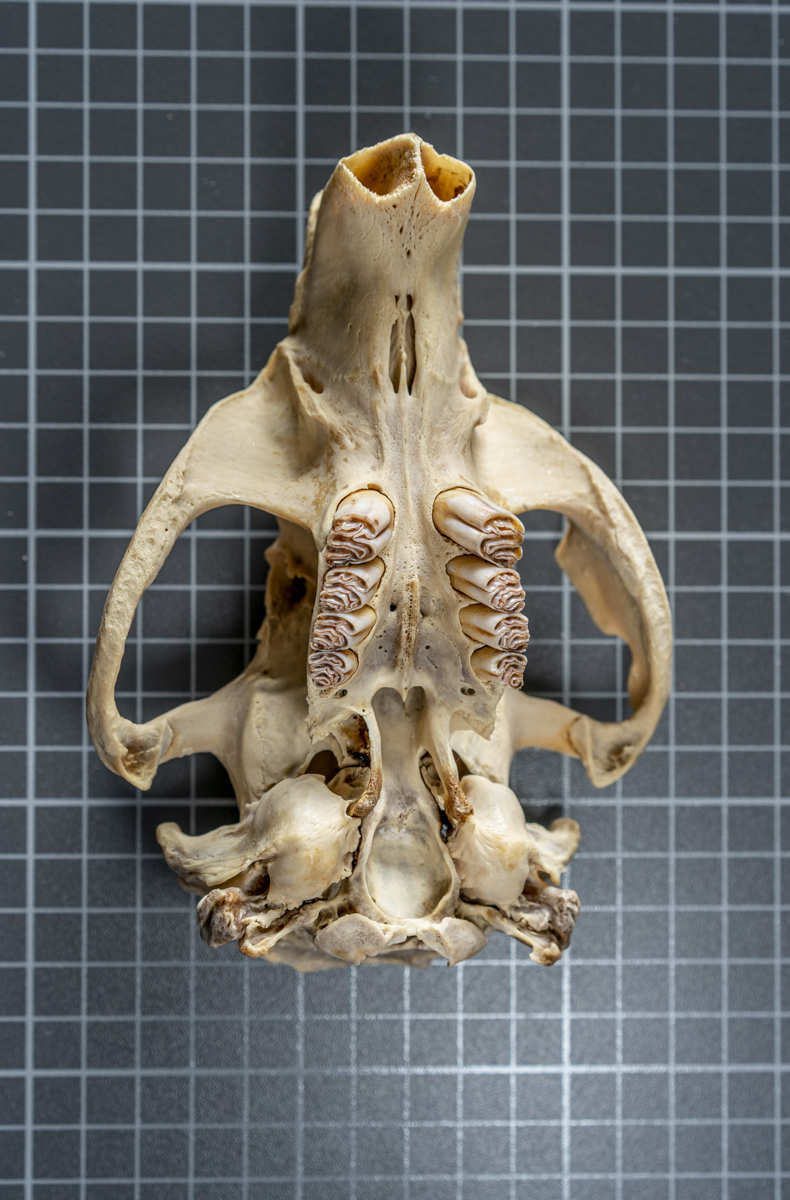
12/n Trust me, if ever there was beaver here lurking in a cave or a pile of bones, I will know! Human bones are different (even though it's just ONE species 😜), and these I can also identify, in fragment form from other non-human animal bone fragments. We do get humans in caves.
13/n So, once I have the identification of the bone type, and then the species that the bone belongs too, there are a number of other pieces of data I can record per fragment/incomplete bone that all adds up to produce a picture of how the animal lived and how it died. These are
14/n the whispers the fragments speak to me. Meanwhile, as a quick aside, I do listen to range of eclectic music when I'm working. It provides a sort of white noise when I become fully engrossed with the bones, drowning out all other worldly interferences. Time has no meaning. 

15/n Sorting of the bones into different piles per species and then eventually by each cave is the first starting point for #IrishCaveBones. 



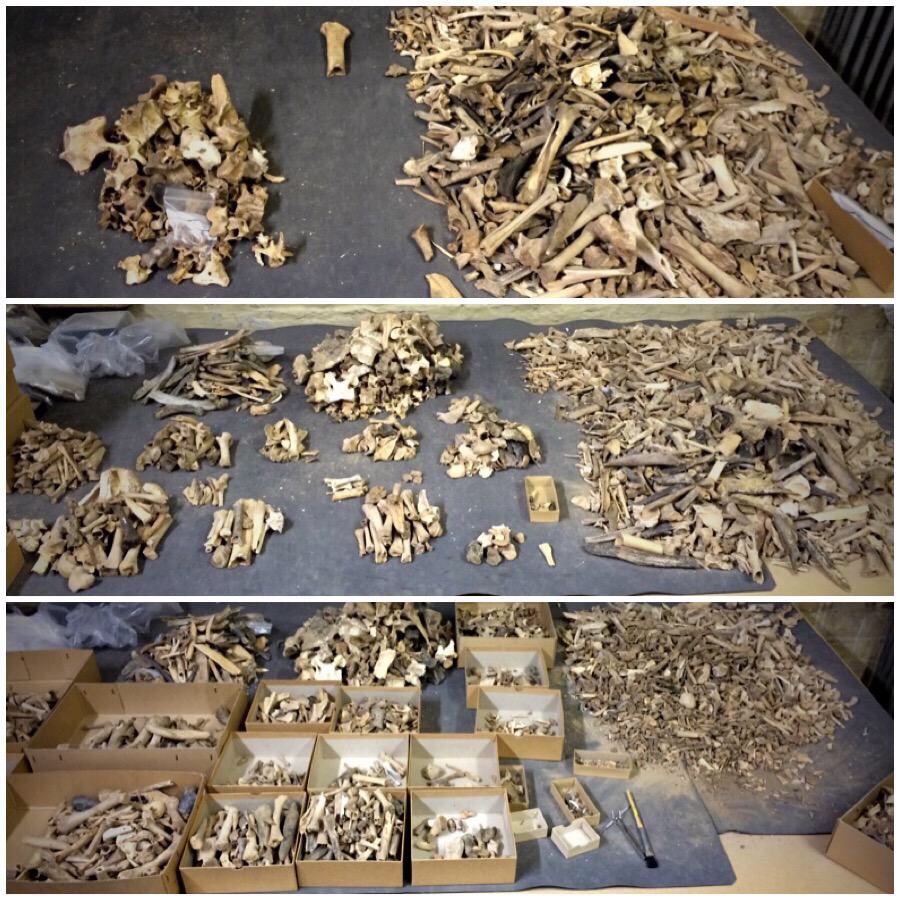
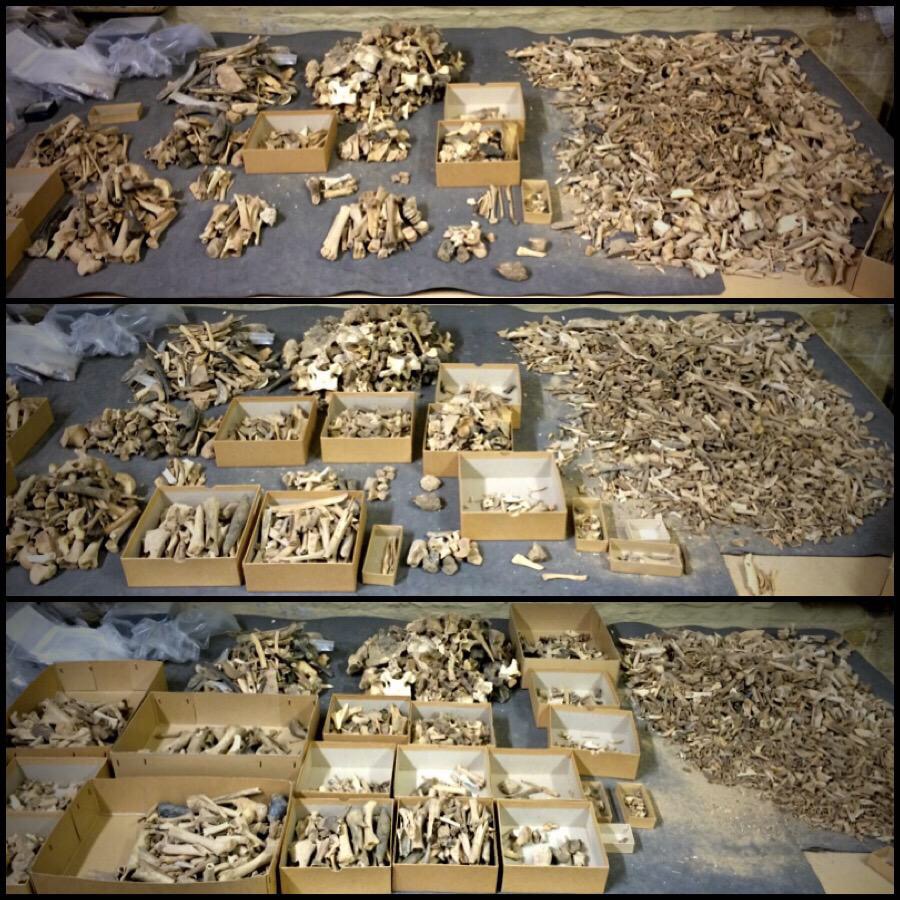
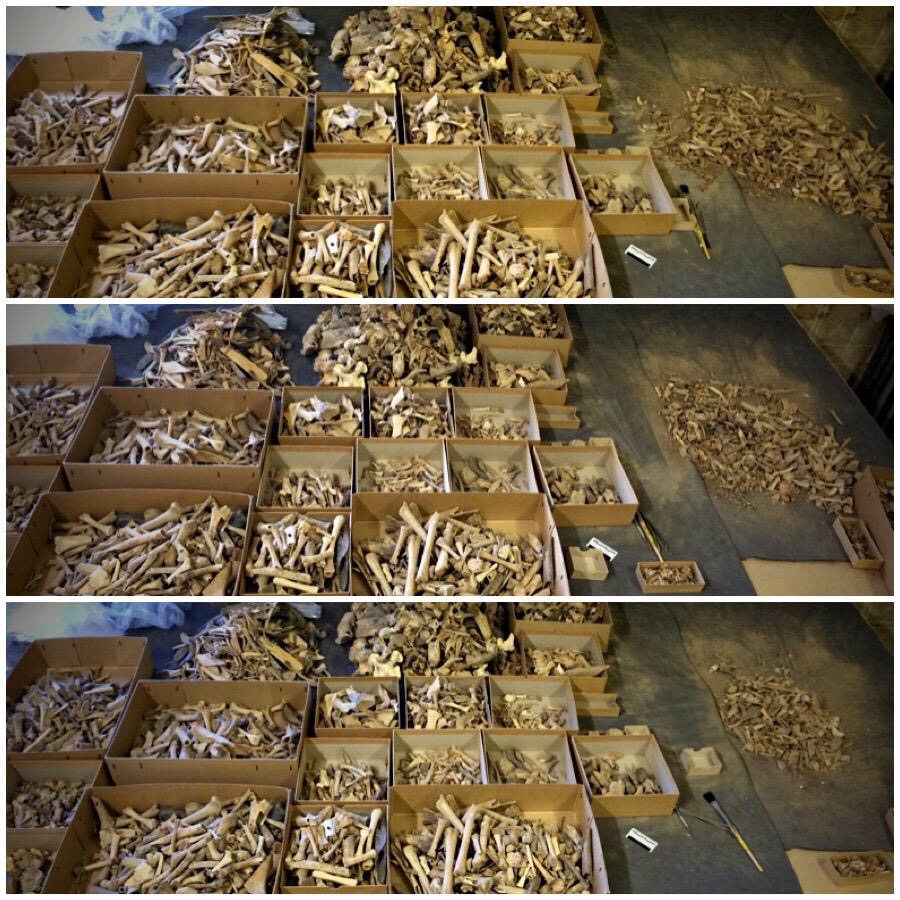
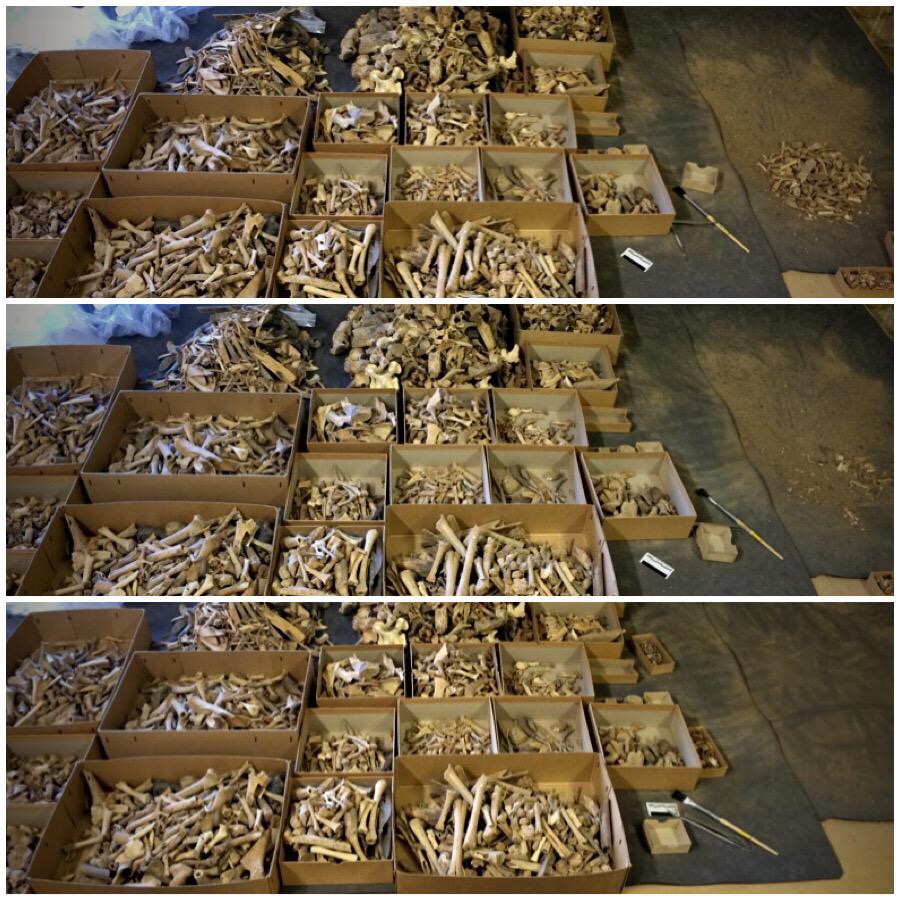
16/n Now, we have our species' piles of bones, sorted per each cave, now we examine and look at every single bone in more detail (at the moment, I've handled at least 30,000 cave bone fragments now). First we record the weight of each bone...always useful as gives a guide of 

17/n of what other potential applied analyis could be used in the future - in general for dating, we need 0.5-1g, for aDNA c.0.5g and similar for stable isotopes. Remember these, bones are finite resource and while these techniques are destructive, we need to realise what's req.
18/n Atypical bones might be indicators of healed or fractures of the bones, due to whatever means, but the animal survived beyond the injury, in the wild or under human influence or care. 
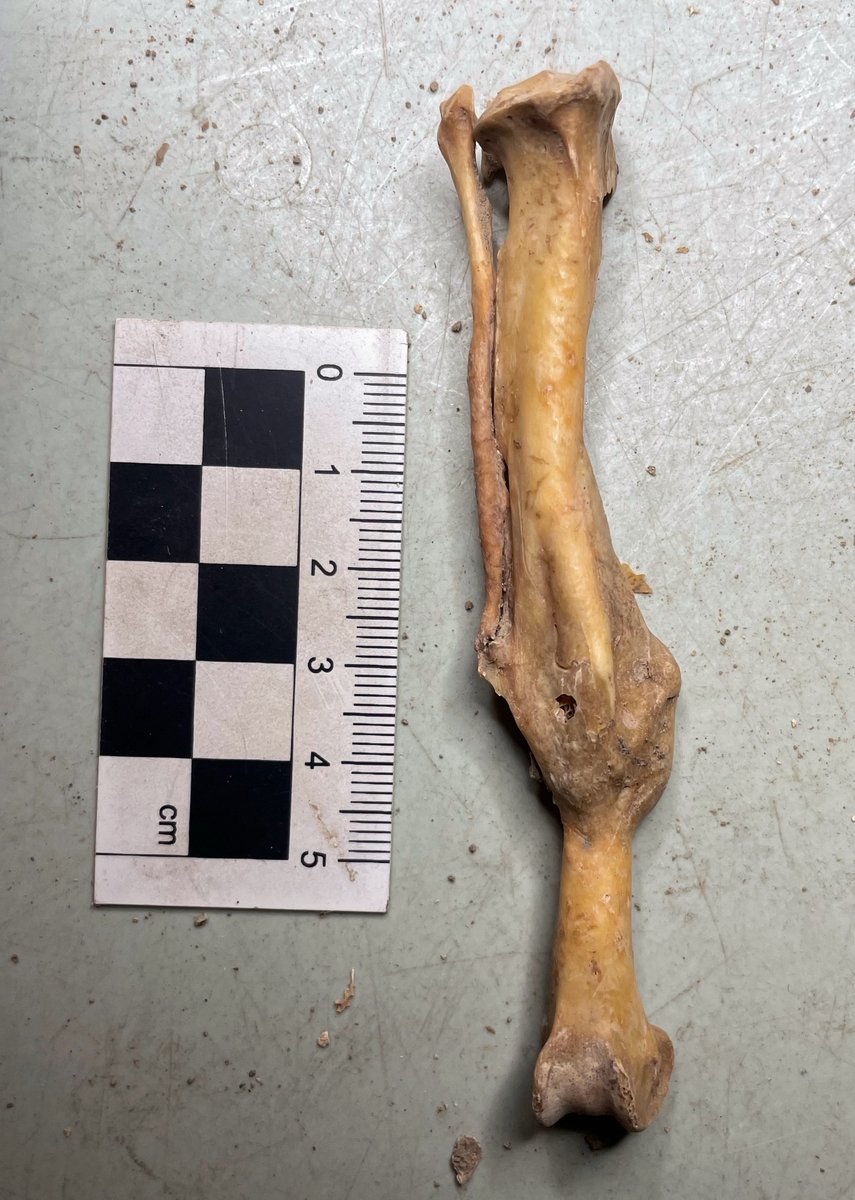
19/n Other characteristics we can record from each fragment, is the presence of other agents acting on the bone after death and decomposition, like plant roots etching the surface seeking out minerals. 

20/n Were the bones subjected to carnivore (wolf, fox, dog, bear, other species) gnawing or handling with their sharp teeth? Tooth pits are left behind on the bones suggesting scavenging by carnivores or direct kills. 



21/n Had the bones been subjected to human use of stone tools to strip meat from the bones? or during the removal of tendons which would have been used to tie items together. These leave tell-tale short parallel cut marks on bones, which we can record. (remember the bear!) 
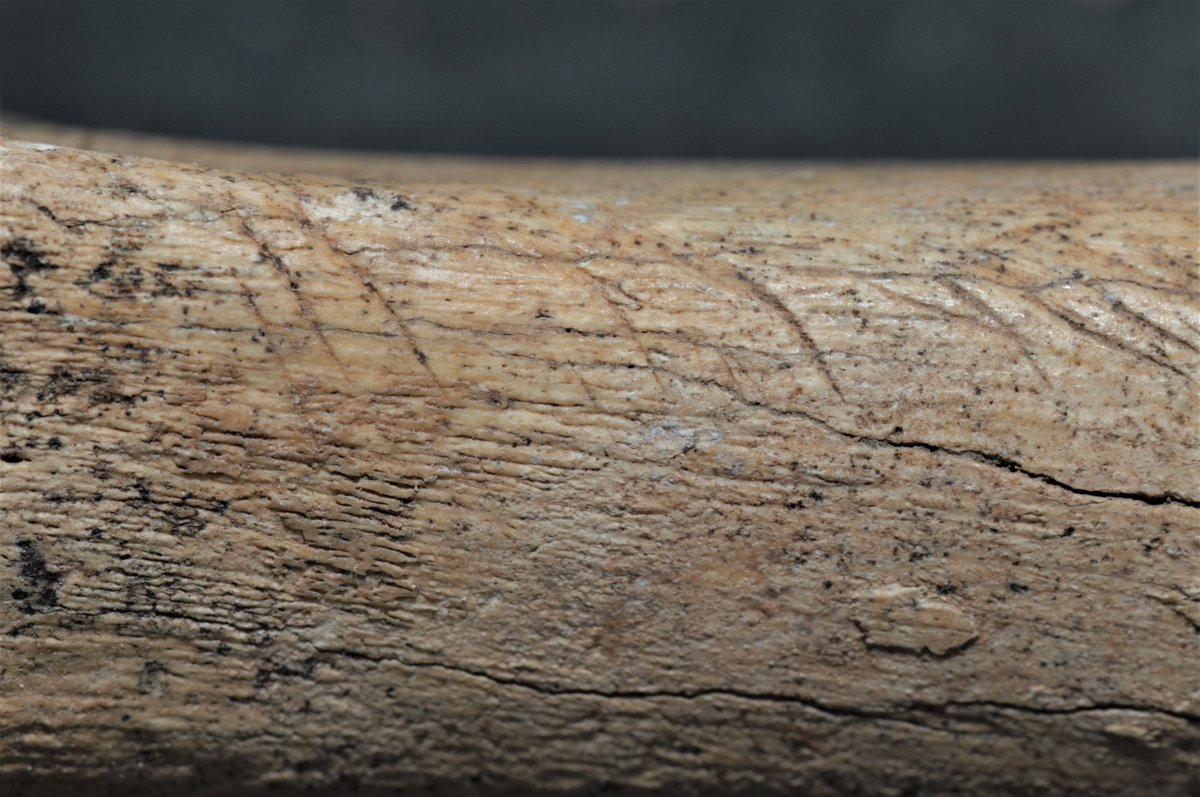
22/n I can also determine which side of the animal the bone was from - left or right - this is important as we can count the total numbers of left and rights of same bone and determine the minimum number of that species at a site, as we know how many bone types are per skeleton.
23/n Other factors to note, for example in deer species, we know males generally only grow antlers (except for in reindeer/caribou) and females do not- so we can get sex ratios from the bones. Other species have other tell tale male/female differences in anatomies.
24/n From the pattern of tooth eruption on mandibles or skulls and the closing of the top/bottom ends of long bones, we gain information about the estimations of ages presence. Bones fully fuse at certain ages per species.
25/n I also record what colour the bone fragments are, some staining can result from different burial/depostion variations. Also burnt bone vs non-burnt. Burnt = result of humans or natural from wild fires/lightening strikes. 
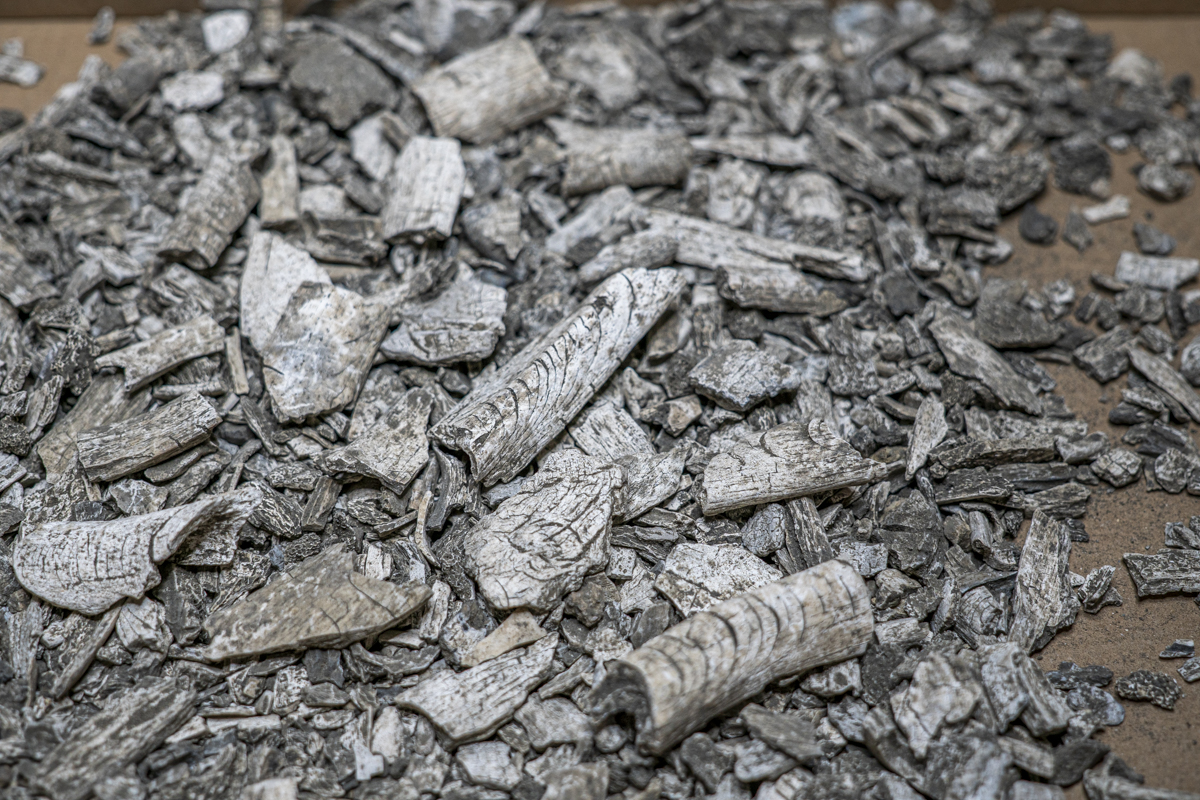
26/n So as you can see, I can record a lot of different information from piles of bone fragments, and when I analysis at site altogether with this data, we can gain a powerful looking glass into the past, along with the other scientific techniques we can apply/extract from bones.
27/n sorting, identification and recording is the start of it, then comes the measuring of each intact partial/whole bone fragment - we can see about size differences between males/females, change of sizes with ages, change of sizes through time, adaptations etc.
28/n To show example of importance of taking bone measurements, not on a cave bone assemblage but rather a recent Early Medieval Irish assemblage I worked on - distinguishing between domestic cat vs wild cat bones. Wild cats results scored positive above zero, domestics negative. 
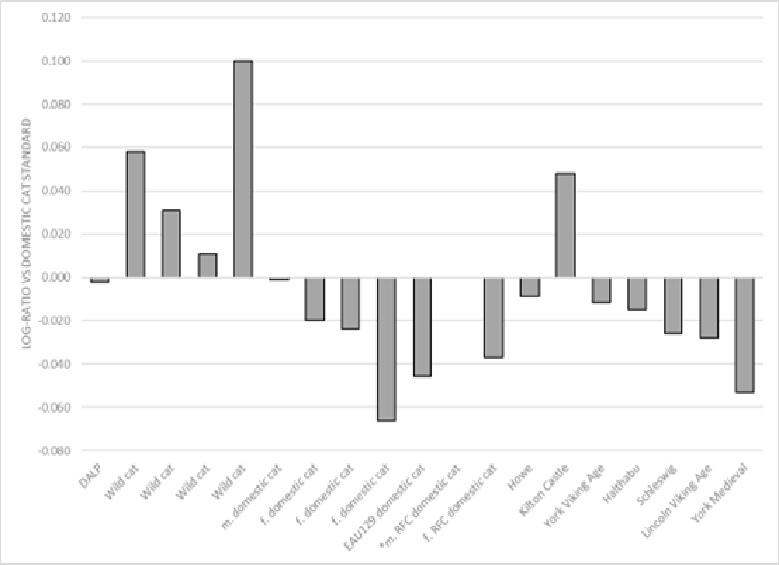
29/n So you can this evening, a shorter thread, but a glimpse inside my brain and how I 'do' this research - it all happens quickly but is time intensive in recording and sorting, then analysing, writing it up &sharing. Knowledge built up, gained over 20+years and counting.
30/n Through dedicated hard work on/off since 2007, I continue to listen to the #IrishCaveBones whispers inside Museums' and from their cave bones collections (see video), and during our cave excavations. More on that tomorrow. Good night for now, Ruth
• • •
Missing some Tweet in this thread? You can try to
force a refresh

 Read on Twitter
Read on Twitter

